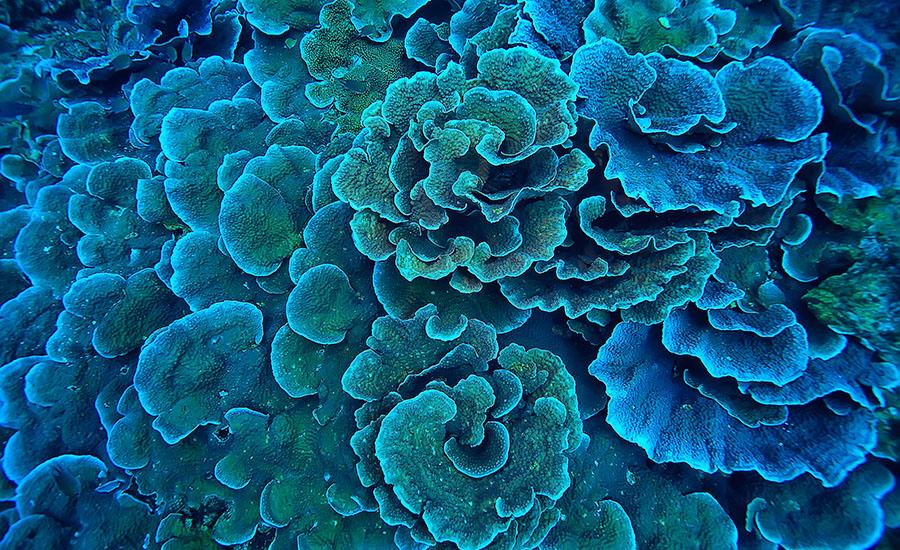
Oil Spill Clean Up Challenge STEAM PBL
by Cassie Strahota
Student Objectives:
Your challenge is to thoroughly research real-world oil spills and what has worked to help clean them up in the past, then engineer your own prototype boom to clean up a simulated oil spill in a classroom set-up test site, including oil that has been spilled in the water and onto marine “animals” (represented by feathers). Afterwards, reflect on how human consumption of limited resources impacts the biosphere, namely oil spills, in order to construct and support an argumentative writing piece.
Lesson Plan Link/URL
https://docs.google.com/presentation/d/1zw9eCkloQE178to4W678k1RAU59lHu4g/edit?u…Subject Area
Science Physical Science P1: Matter Earth and Space Science E1: Earth Systems Life Science L2: Organisms & Energy Engineering S2: Apply the Engineering Design Process S3: Apply Mathematics to Engineering S4: Apply Science to Engineering S6: Apply Communications to Engineering English Language Arts (ELA) Reading (Informational Text) Writing
Featured
Off
Related Content

Grades:
6th Grade, 7th Grade, 8th Grade
In this hands-on lesson, students will consider what they think about several different closed systems. Then students will design and carry out investigations of living things to inform their closed

Grades:
6th Grade, 7th Grade, 8th Grade
This lesson is a follow up to a previous STEM contest lesson that detailed the KIDStruction opportunity & focused on the design phase. This lesson is intended to support the building phase and is

Grades:
4th Grade, 5th Grade, 6th Grade, 7th Grade, 8th Grade
Lesson "Phoenix Reimagined: From Sun City to Solar City" ensures that students engage in age-appropriate, hands-on learning experiences that promote understanding of solar energy and its applications